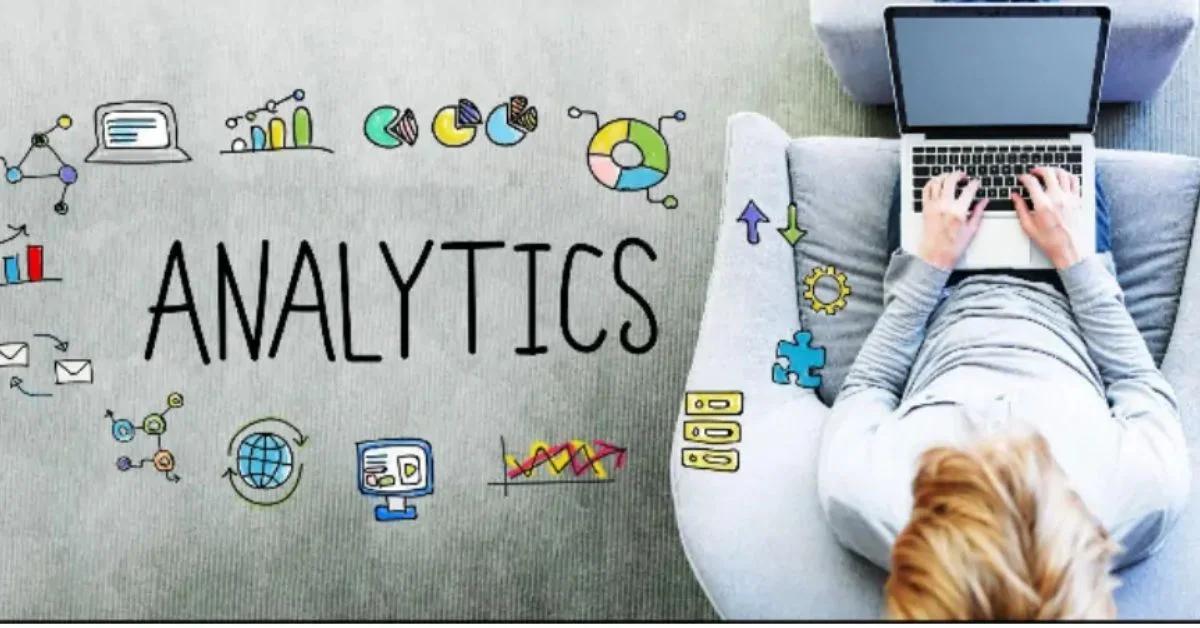Have you ever wondered how to make sense of all the data out there?
Open Source data analytics tools can help. With these tools, you can look at large amounts of information and find what’s important. They are powerful, free to use, and perfect for beginners.
Ready to start your data analytics adventure? Keep reading to learn how you can use these tools to unlock the secrets in your data.
Choosing Your Tools
When picking the right data analytics tools, it’s important to consider what you need. Think about the data you have and what you want to learn from it. There are many tools available, each with its strengths.
For example, some tools are great for seeing data in charts and graphs, while others are better at handling numbers and calculations. Start by choosing a tool that seems easy to use and matches what you want to do with your data. Remember, the goal is to make data less confusing, so pick a tool that helps you do that.
Setting up Environment
Setting up your environment means getting your computer ready to use these tools. It’s a simple process. First, decide which tool you’re going to use.
Then, visit the tool’s website and follow the instructions to download and install it. Most tools have easy-to-follow guides that show you step-by-step what to do.
If you get stuck, there are plenty of videos and online forums where people share tips and solutions. Remember, taking this first step is crucial in starting your journey with data analytics.
Basic Analysis Techniques
Once your tools are installed, it’s time to dive into analyzing your data. Start with simple tasks that are easy to manage. Examine your data closely and look for any noticeable trends or patterns.
Is there something that occurs frequently? Perhaps there’s a hidden connection between two elements you hadn’t noticed before. Visualize your findings with charts or graphs—they can help you better understand and interpret the data.
Visualizing the Data
Data visualization means turning it into pictures that show what’s happening. Charts and graphs are often used because they make it quick and easy to see patterns, trends, and outliers in your data.
For example, a line chart can show how sales have gone up and down over time. A pie chart can show you how much of the total each part is. This way, you can understand your data better and make smarter decisions.
Next Steps and Resources
After learning to visualize your data, it’s time to explore further. You’ve got tools, know-how, and some practice.
Now, push yourself to learn more and try new things. Look for online classes or guides that go deeper into data analytics.
Many are free and designed for beginners. You can also go and master data analytics with this bootcamp here.
Also, join online communities or forums. People there love to help and share ideas. Don’t be afraid to make mistakes – that’s how you learn and grow in this field.
Get the Most Out of Open Source Data Analytics Tools Today
Now that you’ve learned about these open source data analytics tools, you’re ready to start exploring data in new ways! These tools are here to help you see through the data and understand the stories it tells.
Remember, practicing and experimenting is key to getting better. Don’t be afraid to try different tools and techniques. Enjoy your data analytics journey with these tools!
Did you learn something new from this article? For more tips and guides, keep checking out our blog!









